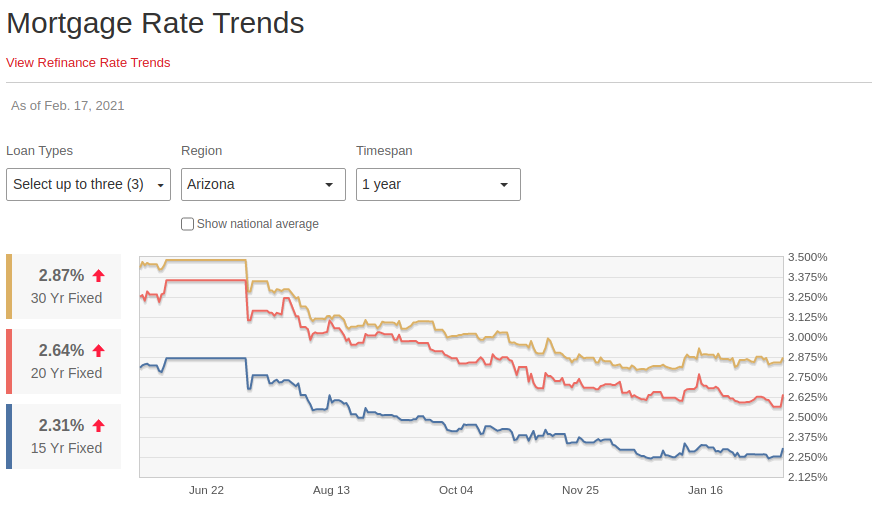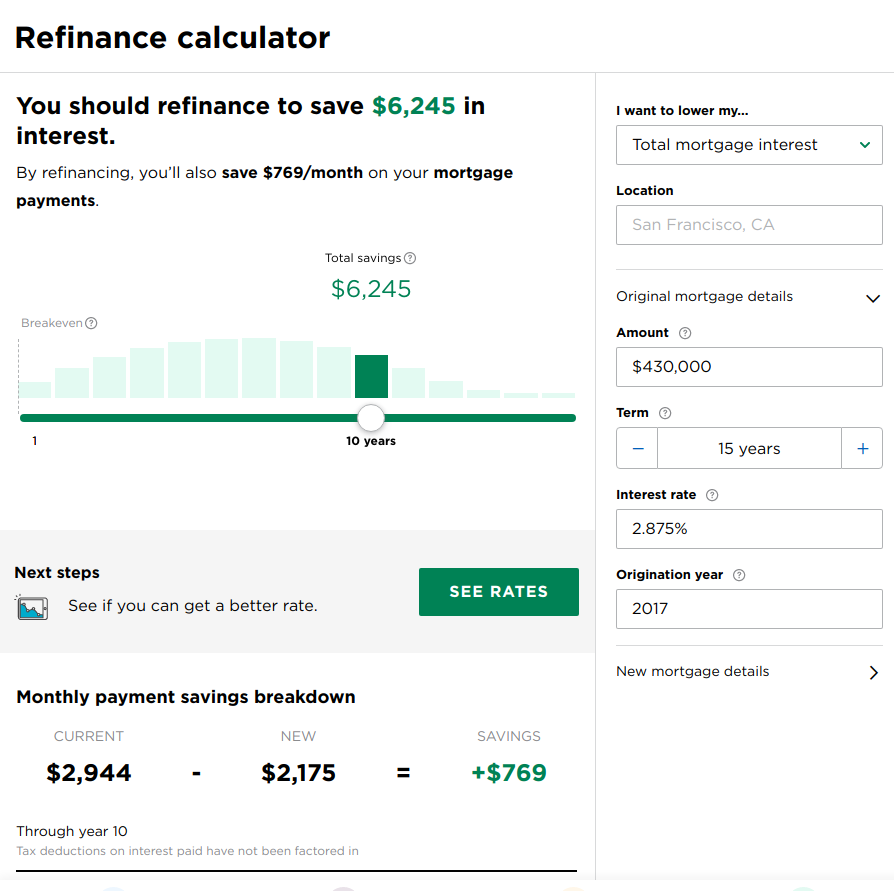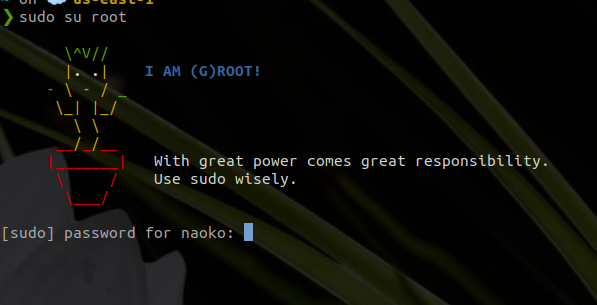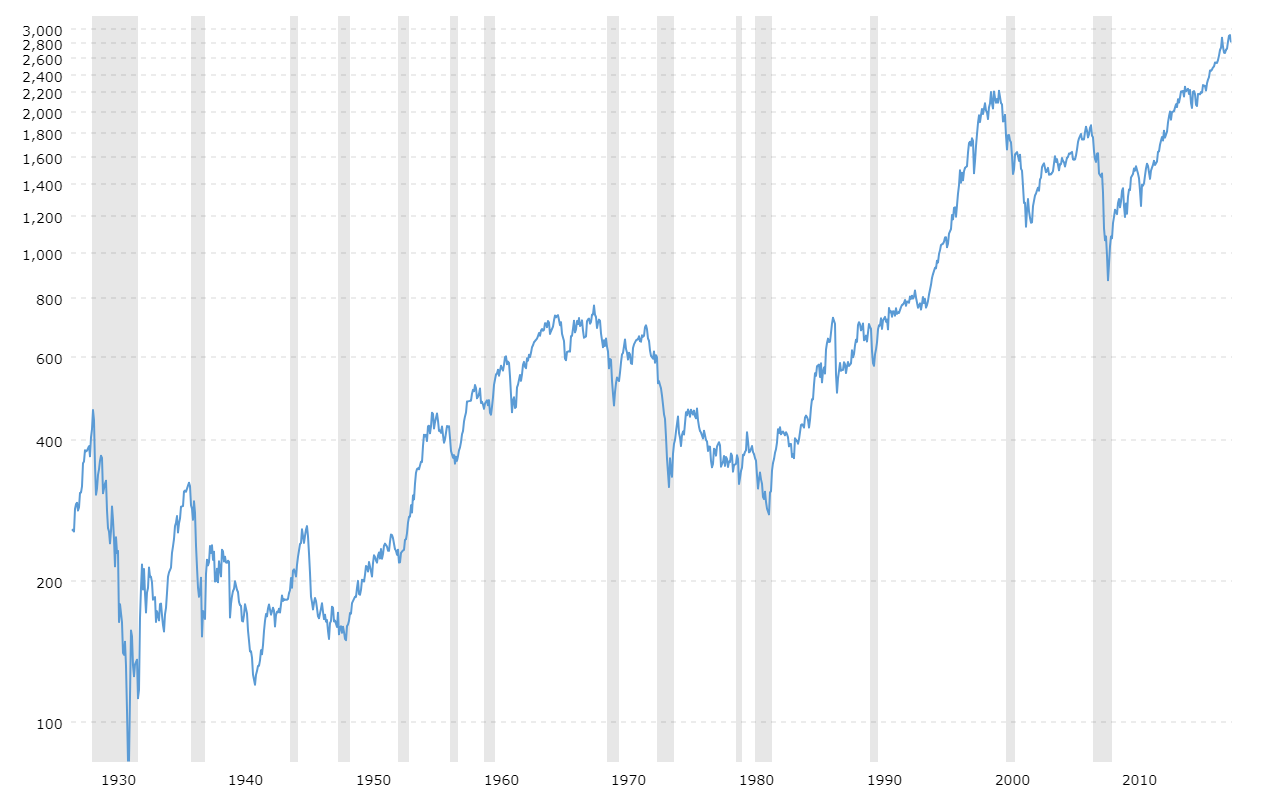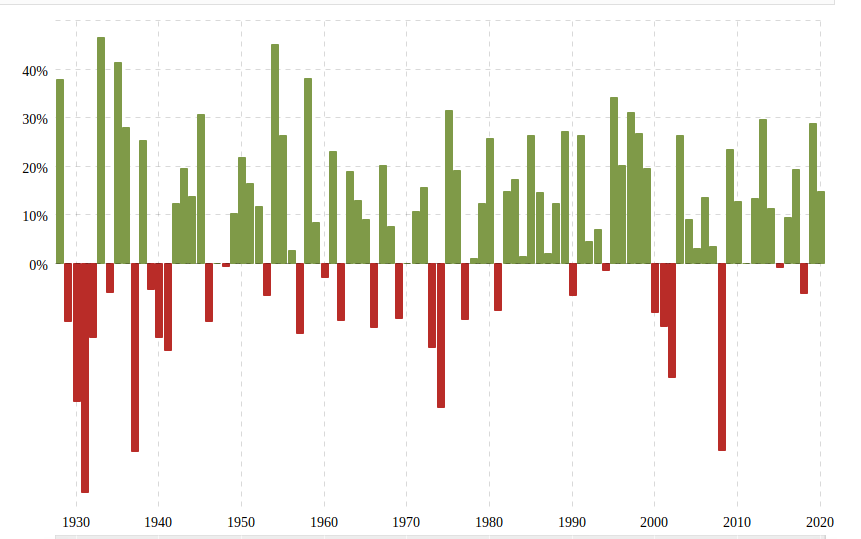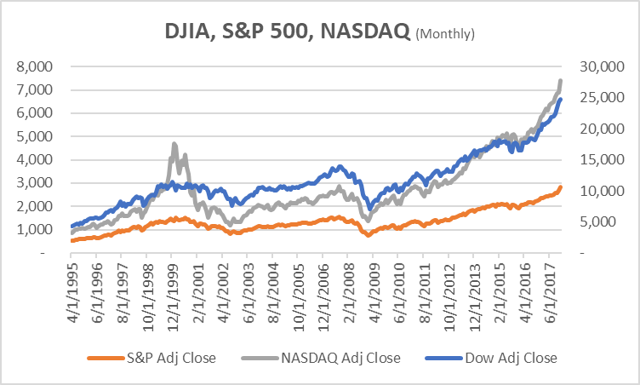Breathing Through the Sky: My Imogene Pass Run
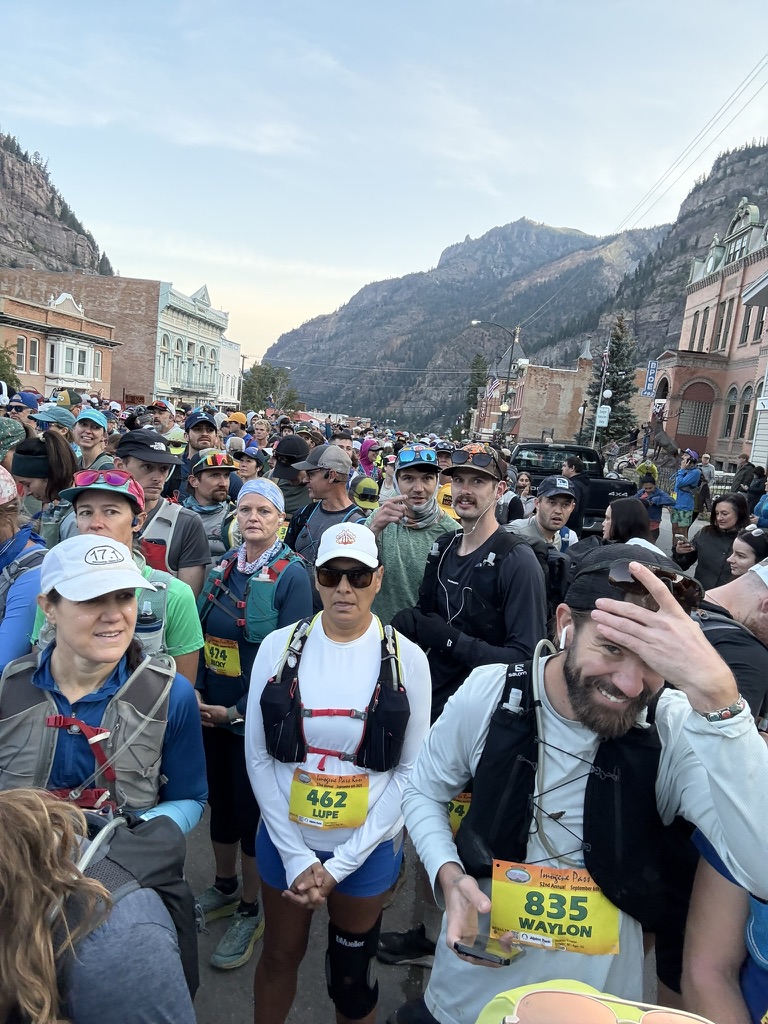
This weekend I had the privilege of lining up at the 52nd annual Imogene Pass Run, one of the most beautiful, brutal, and humbling races I’ve ever attempted.
The Start: Breathless From the First Steps
From the very first few miles, the altitude grabbed hold of me. I was breathing hard right away, trying to find rhythm while surrounded by so many strong runners. The biggest contingent came from Flagstaff, a town that clearly knows how to send mountain-ready athletes.

The route itself is deceptive. People say there’s “only one big hill.” But that hill stretches for 10 relentless miles, climbing 5,500 feet straight up to the summit at 13,000 feet.
The Cutoff: A Race Within the Race
One of the toughest mental battles came at the 7.65-mile aid station, where there’s a hard cutoff at 2 hours 30 minutes. This year, 296 runners—about 24% of participants—didn’t make it. That knowledge was heavy as I approached the station, pushing through fatigue to make sure I’d be allowed to continue.

It reminded me so much of the Kendall Mountain Run and Crown King Scramble—steep climbs, thin air, and that gnawing question in the back of your mind: Can I really make it?
The Summit and the Storms

At the top, the air felt razor-thin. Every step demanded focus. But the payoff—mountain views stretching forever—made every labored breath worthwhile.

We were incredibly lucky with the weather. Blue skies carried us over the pass, but by late afternoon, the mountains did what mountains do: a thunderstorm rolled in. Just like at Kendall, I was grateful to have finished before the skies opened.
The Finish: Walking Like a Baby Giraffe

When it was all over, I was part of the 934 finishers out of 1,230 starters. My quads, however, might argue otherwise. They were so tight I could barely walk without looking like a wobbly baby giraffe.
But even in soreness, I felt nothing but gratitude—for the mountain, for the chance to run it, and for the incredible volunteers who filled the course with energy and support. Aid stations were frequent and full of smiles, a lifeline when I needed it most.

Looking Ahead
Would I do Imogene again? Absolutely—but next time, I’d want to be more acclimated to the altitude. The mountain doesn’t give an inch, but I’d like to meet it with a little more air in my lungs.
For now, I’ll hold onto the memory of a beautiful run that tested and taught me in equal measure.

